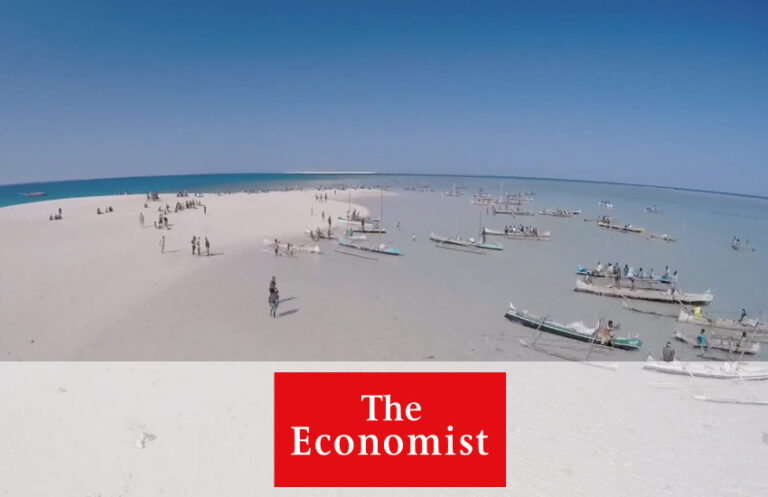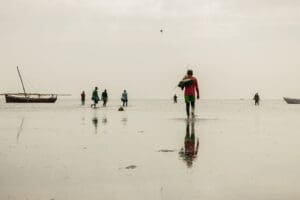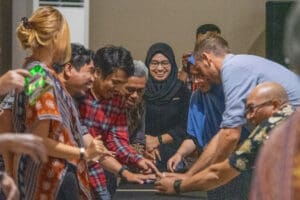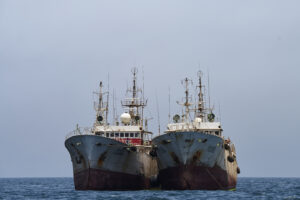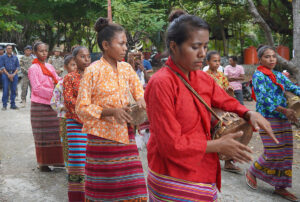The Velondriake locally managed marine area (LMMA) in southwest Madagascar was featured in a short film from The Economist, which debuted on 8 March at the World Ocean Summit.
Since 2012, The Economist has hosted the World Ocean Summit, leveraging their convening power and reputation for quality, objective journalism to bridge the sometimes dissonant perspectives of business, government and civil society in how we use our troubled seas.
“Can conservation save our ocean?” looks at how different forms of marine protection can be used to help safeguard marine resources, and Velondriake is featured as an example of locally-led marine protection that has achieved success in a remote area where large-scale tourism isn’t a viable option.
In 2006, Blue Ventures helped launch Madagascar’s first locally managed marine area, a type of MPA. The Vezo people of southwest Madagascar depend on the sea, so a total fishing ban wasn’t an option. Blue Ventures offered an innovative plan: smaller temporary bans for a set number of months, acting like a crop rotation in coastal waters. This enables stocks to replenish themselves while allowing the community to continue fishing sustainably.
The success of the Velondriake LMMA inspired a grassroots marine conservation revolution, and there are now over 250 community-managed temporary fishing closures at sites around Madagascar, based on the model for community-based fisheries management first developed in Velondriake.
Travel to the Velondriake Locally Managed Marine Area as a marine conservation volunteer.

